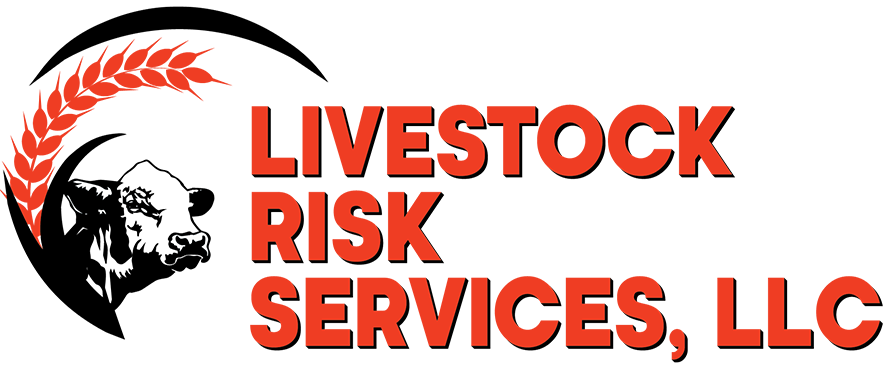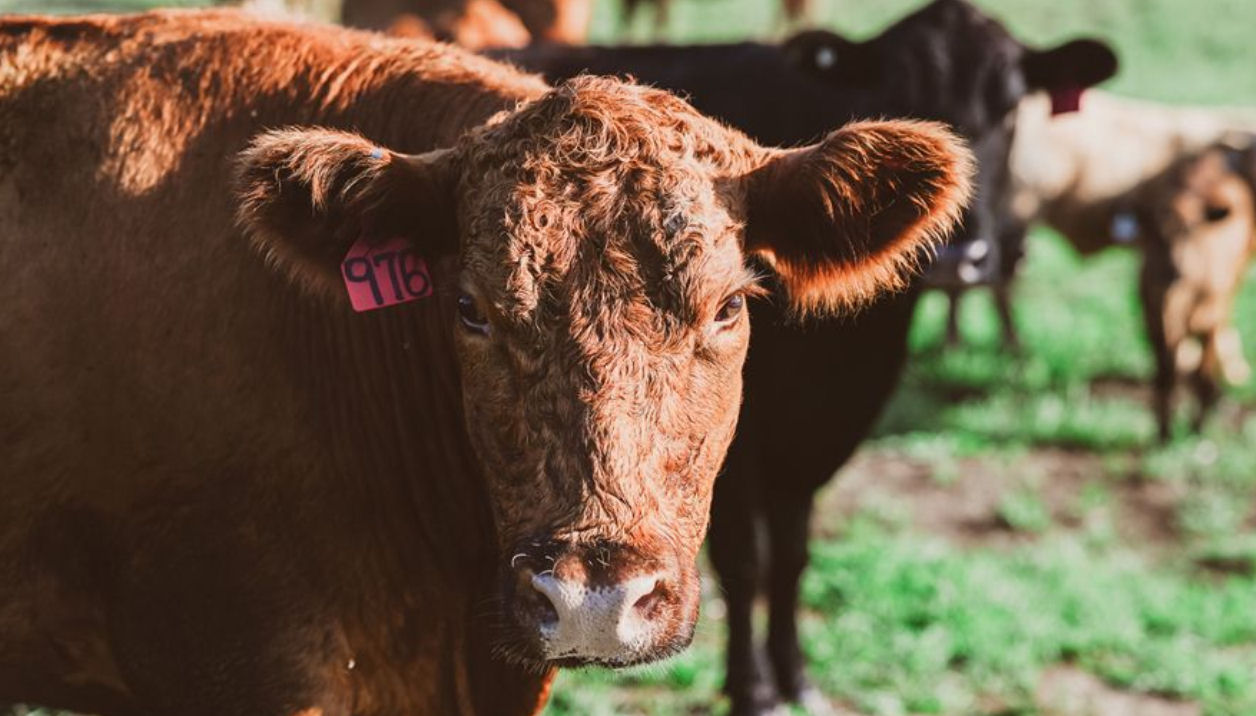Strategic Collaborations for Strength: Bagley Risk Management
Strategic Collaborations for Strength: Bagley Risk Management
Blog Article
Comprehending Livestock Danger Defense (LRP) Insurance Policy: A Comprehensive Guide
Browsing the world of livestock threat security (LRP) insurance can be a complicated venture for numerous in the farming market. From how LRP insurance policy functions to the different coverage options available, there is much to discover in this detailed guide that might possibly form the means animals manufacturers approach danger administration in their services.

Just How LRP Insurance Policy Works
Occasionally, understanding the technicians of Livestock Threat Security (LRP) insurance coverage can be complicated, however breaking down just how it works can provide quality for farmers and breeders. LRP insurance is a risk monitoring tool designed to secure livestock producers versus unforeseen rate decreases. The policy permits producers to set a protection degree based upon their certain demands, selecting the variety of head, weight array, and coverage cost. As soon as the plan remains in area, if market prices fall listed below the insurance coverage cost, producers can file a case for the distinction. It is very important to keep in mind that LRP insurance is not an earnings guarantee; rather, it concentrates exclusively on cost threat protection. The coverage duration commonly varies from 13 to 52 weeks, offering adaptability for manufacturers to select a duration that straightens with their manufacturing cycle. By using LRP insurance, farmers and breeders can mitigate the financial dangers connected with fluctuating market rates, making certain better security in their operations.
Qualification and Protection Options

When it pertains to insurance coverage options, LRP insurance coverage offers manufacturers the versatility to select the insurance coverage degree, insurance coverage duration, and recommendations that finest match their danger monitoring demands. Insurance coverage degrees commonly vary from 70% to 100% of the anticipated ending value of the insured livestock. Producers can likewise pick insurance coverage durations that align with their production cycle, whether they are insuring feeder livestock, fed livestock, swine, or lamb. Endorsements such as cost threat defense can further personalize protection to shield against adverse market fluctuations. By understanding the eligibility criteria and coverage options readily available, livestock producers can make educated decisions to manage risk effectively.
Advantages And Disadvantages of LRP Insurance
When assessing Livestock Threat Security (LRP) insurance, it is necessary for animals manufacturers to evaluate the advantages and disadvantages inherent in this risk monitoring tool.

One of the main benefits of LRP insurance is its capacity to provide protection against a decline in livestock costs. Furthermore, LRP insurance policy supplies a degree of flexibility, enabling producers to personalize coverage levels and policy periods to suit their certain needs.
One constraint of LRP insurance coverage is that it does not safeguard versus all types of risks, such as illness break outs or natural calamities. It is vital for producers to thoroughly assess their specific danger direct exposure and economic circumstance to establish if LRP insurance coverage is the right danger management tool for their procedure.
Understanding LRP Insurance Policy Premiums

Tips for Taking Full Advantage Of LRP Benefits
Maximizing the advantages of Livestock Risk Protection (LRP) insurance policy calls for calculated planning and aggressive danger administration - Bagley Risk Management. To make the most of your LRP coverage, consider the following pointers:
Consistently Evaluate Market Conditions: Stay informed about market patterns and cost variations in the animals market. By monitoring these factors, you can make informed decisions about when to purchase LRP protection to secure versus potential losses.
Set Realistic Protection Degrees: When picking coverage levels, consider your production expenses, market worth of animals, and potential dangers - Bagley Risk Management. Setting sensible coverage levels ensures that you are appropriately secured without overpaying for unnecessary insurance
Expand Your Protection: Rather than counting entirely on LRP insurance coverage, think about diversifying your risk management techniques. Integrating LRP with various other risk monitoring devices such as futures agreements or choices can supply detailed protection versus market uncertainties.
Review and Change Protection Consistently: As market problems alter, regularly examine useful source your LRP insurance coverage to guarantee official source it aligns with your existing danger exposure. Adjusting insurance coverage levels and timing of purchases can assist optimize your threat security method. By following these pointers, you can take full advantage of the benefits of LRP insurance and secure your livestock procedure against unpredicted dangers.
Final Thought
Finally, animals danger security (LRP) insurance policy is a valuable tool for farmers to handle the economic risks linked with their livestock procedures. By recognizing exactly how LRP works, eligibility and protection choices, in addition to the pros and cons of this insurance, farmers can make informed decisions to safeguard their source of incomes. By very carefully thinking about LRP costs and carrying out methods to maximize advantages, farmers can reduce prospective losses and make certain the sustainability of their procedures.
Livestock producers interested in acquiring Livestock Danger Protection (LRP) insurance coverage can discover an array of qualification requirements and protection alternatives customized to their details animals procedures.When it comes to protection alternatives, LRP insurance coverage offers manufacturers the versatility to select the coverage level, insurance coverage duration, and endorsements that ideal suit their danger monitoring requirements.To grasp the intricacies of Animals Risk Defense (LRP) insurance totally, understanding the elements influencing LRP insurance costs is important. LRP insurance coverage costs are established by numerous components, including the protection level selected, the expected cost of animals at the end of the coverage duration, the type of livestock being guaranteed, and the size of the insurance coverage period.Evaluation and Adjust Coverage Regularly: As market problems transform, periodically examine your LRP protection to ensure it lines up with your current danger direct exposure.
Report this page